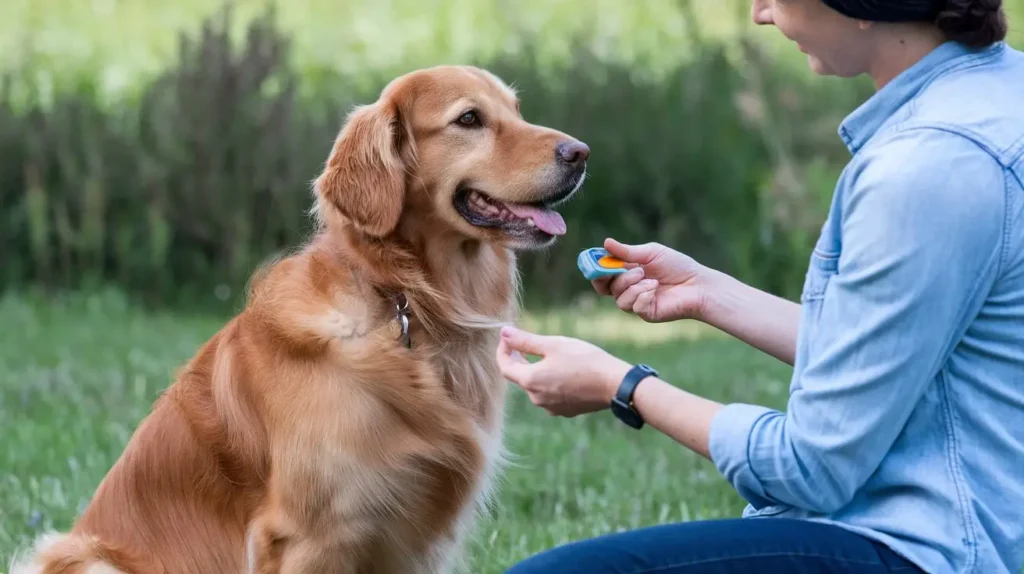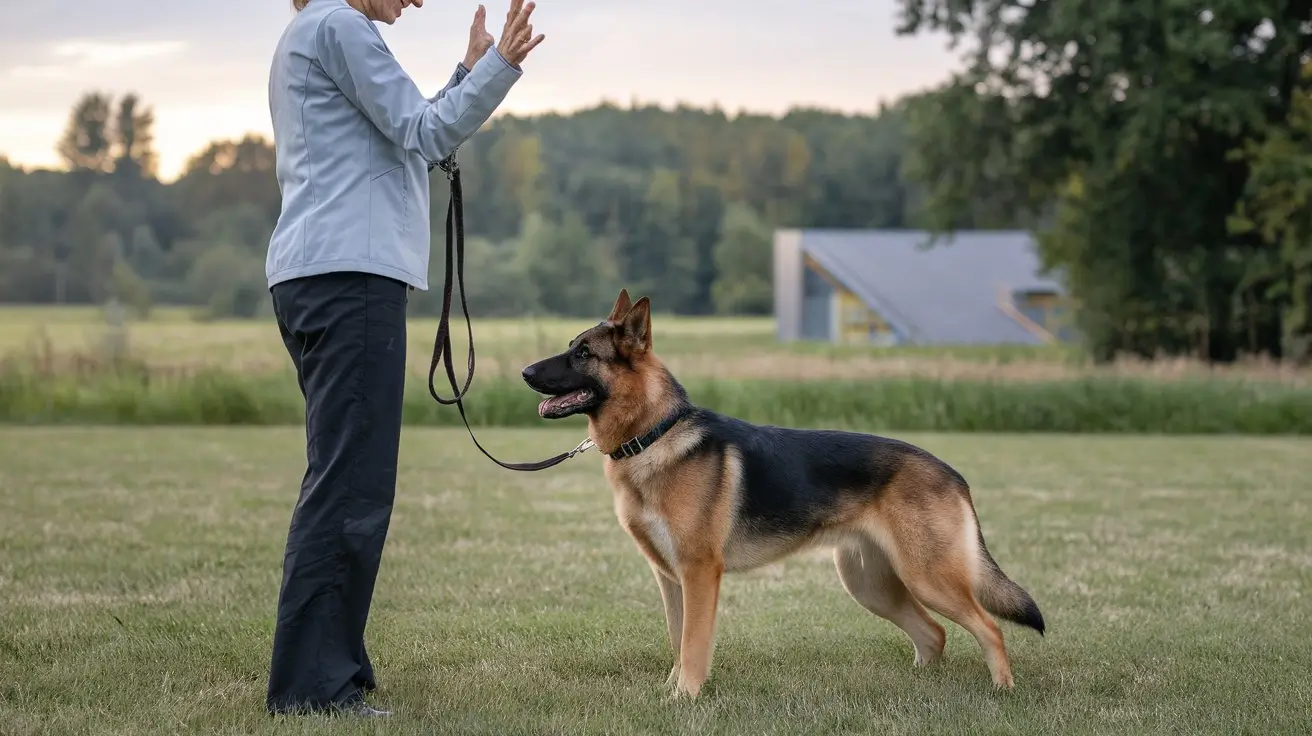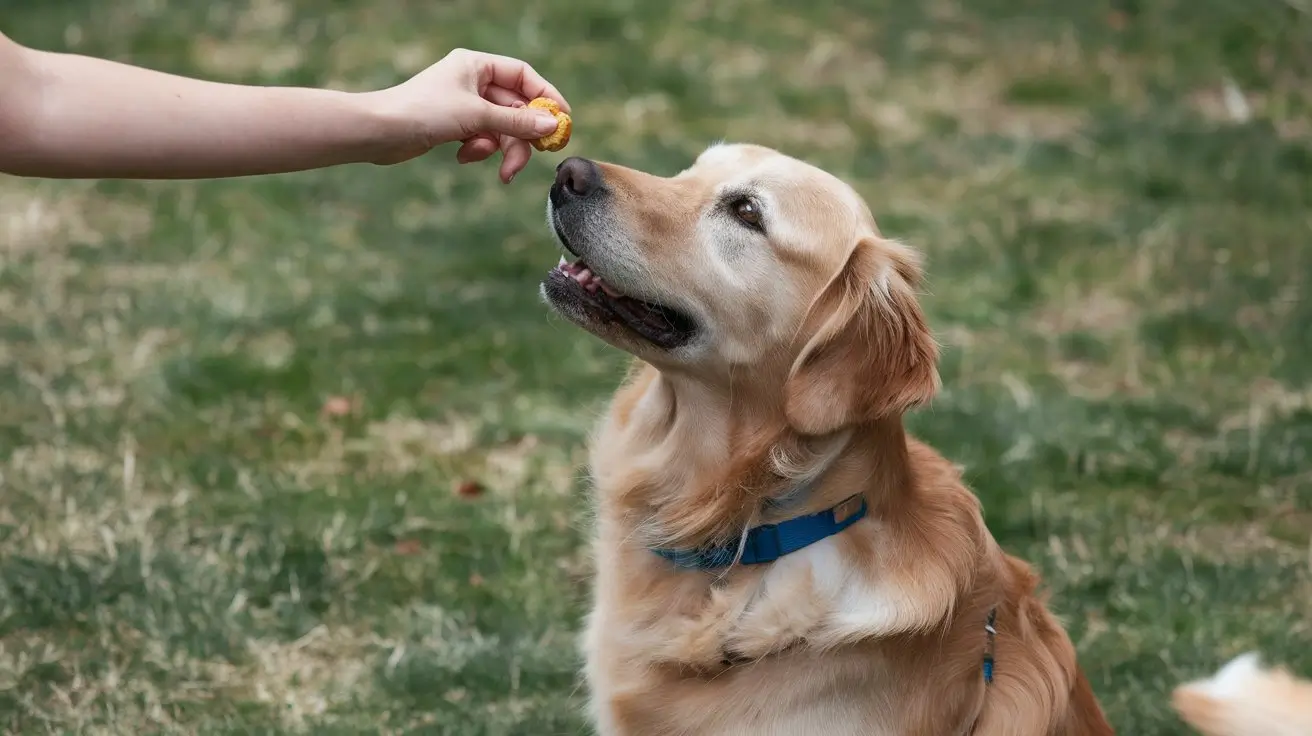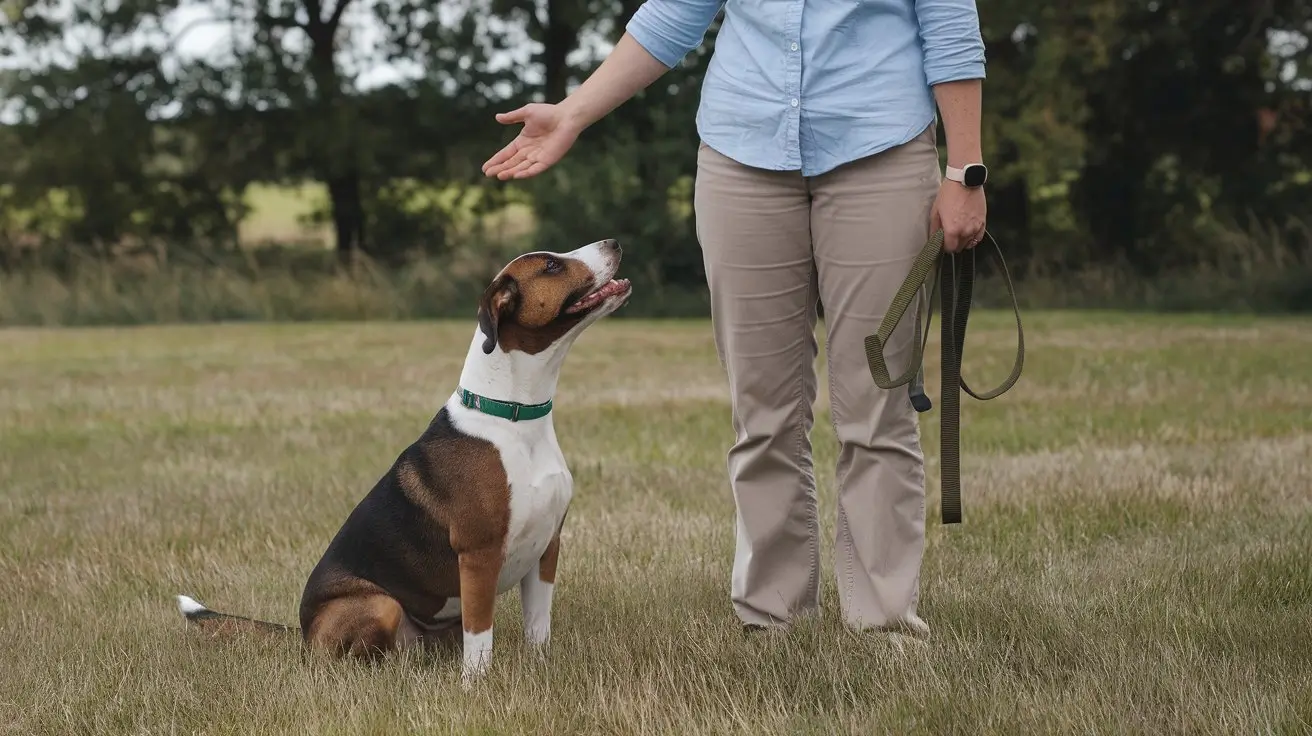How Can You Teach Your Dog Basic Commands Quickly and Effectively?

- How Can You Teach Your Dog Basic Commands Quickly and Effectively?
- Understanding the Importance of Basic Commands
- Teaching the Basic Commands: A Step-by-Step Guide
- Tips for Effective Training
- Common Mistakes to Avoid
- Summary Table
- Effective Training Tips
- Common Mistakes to Avoid
-
FAQ
- 1. How long should training sessions be when teaching my dog basic commands?
- 2. What rewards work best for training my dog?
- 3. How can I ensure consistency in my dog's training?
- 4. Why is positive reinforcement important in dog training?
- 5. What should I do if my dog doesn’t respond to a command?
- 6. Can I train my dog in different environments?
- 7. How many commands should I teach at once?
- Conclusion
How Can You Teach Your Dog Basic Commands Quickly and Effectively?
Training your dog to follow basic commands is essential for fostering a harmonious relationship and ensuring your pet's safety. Whether you're a first-time dog owner or looking to reinforce training, teaching your dog commands like "sit," "stay," "come," and "leave it" can make daily life smoother and more enjoyable. In this comprehensive guide, we'll walk you through the most effective techniques to teach your dog basic commands quickly and efficiently. By following these steps, you'll be on your way to a well-trained, obedient dog in no time.
Understanding the Importance of Basic Commands
Basic commands are the foundation of good behavior in dogs. They not only help in managing your pet's actions but also play a crucial role in their mental stimulation and well-being. Commands like "sit" and "stay" teach your dog to control their impulses, while "come" and "leave it" ensure their safety in potentially dangerous situations. Establishing a strong foundation with these commands allows you to build on more advanced training and strengthens the bond between you and your dog.
Positive Reinforcement: The Key to Quick Learning
When it comes to teaching your dog basic commands, positive reinforcement is by far the most effective method. Dogs are more likely to repeat behaviors that result in rewards. By associating commands with treats, praise, and affection, your dog will be motivated to obey. The key is to reward immediately after your dog performs the desired behavior so they can associate the action with the positive outcome.
Step 1: Choose the Right Reward
To effectively reinforce behavior, choose a reward that your dog finds irresistible. This could be small, soft treats that are easy to consume quickly or verbal praise combined with a pat on the head. For some dogs, a favorite toy can also serve as a reward. Experiment to see what excites your dog the most, and use that during training sessions.
Step 2: Be Consistent with Your Commands
Consistency is crucial in training. Always use the same words and tone of voice when giving commands. If you use different phrases or a varying tone, it can confuse your dog, making the learning process longer. For example, if you’re teaching the "sit" command, always say "sit" in the same firm yet encouraging tone.
Teaching the Basic Commands: A Step-by-Step Guide

1. Teaching "Sit"
"Sit" is often the first command taught because it’s one of the easiest for dogs to learn. Here's how to teach your dog to sit:
- Step 1: Hold a treat close to your dog’s nose.
- Step 2: Move your hand up, allowing their head to follow the treat, which will naturally cause their bottom to lower to the ground.
- Step 3: Once they’re in a sitting position, say "sit" and immediately give them the treat.
- Step 4: Repeat this several times daily until your dog masters the command.
Once your dog has learned to sit, practice it in different settings to reinforce the behavior in various environments.
2. Teaching "Stay"
The "stay" command is vital for controlling your dog in various situations. Here’s how to train your dog to stay in place:
- Step 1: First, ask your dog to sit.
- Step 2: Open your palm in front of you and say "stay."
- Step 3: Take a few steps back. If your dog stays, reward them with a treat and praise.
- Step 4: Gradually increase the distance and duration before rewarding your dog. If they move, reduce the distance and try again.
3. Teaching "Come"
"Come" is essential for ensuring your dog returns to you, especially in off-leash situations.
- Step 1: Put a leash on your dog and get down to their level.
- Step 2: Gently pull the leash towards you while saying "come" in an enthusiastic tone.
- Step 3: When they reach you, reward them with a treat and plenty of praise.
- Step 4: Practice this in different environments and eventually off-leash in a secure area.
4. Teaching "Leave It"
"Leave it" is crucial for preventing your dog from picking up dangerous or unwanted items.
- Step 1: Place a treat in both hands.
- Step 2: Show your dog one closed fist with the treat inside and say "leave it."
- Step 3: Ignore their attempts to get the treat. Once they stop trying, reward them with the treat from the other hand.
- Step 4: Repeat until your dog reliably leaves the treat alone when you say "leave it." Practice with different objects and in different settings to reinforce the command.
Tips for Effective Training

1. Keep Training Sessions Short
Dogs have short attention spans, so keep your training sessions brief—around 10-15 minutes. This will prevent your dog from becoming bored or frustrated. Multiple short sessions throughout the day are more effective than one long session.
2. Train in Different Environments
Dogs need to learn that commands apply in all settings, not just at home. Practice in various environments, including parks, on walks, and in the presence of other dogs and people. This helps your dog generalize the commands and ensures they obey no matter where you are.
3. Be Patient and Persistent
Training takes time, and every dog learns at their own pace. Be patient and persistent. If your dog is struggling with a command, take a step back and simplify the training process. Repetition is key to solidifying your dog's understanding.
4. Avoid Negative Reinforcement
While it may be tempting to scold your dog when they don’t follow a command, negative reinforcement can hinder the training process. Instead of focusing on what your dog did wrong, reward them for what they do right. This encourages positive behavior and strengthens the bond between you and your dog.
Common Mistakes to Avoid
1. Inconsistent Commands
As mentioned earlier, consistency is crucial. Ensure that all family members use the same commands and hand signals. Inconsistent training can confuse your dog and slow down the learning process.
2. Overloading Your Dog
Don’t try to teach too many commands at once. Focus on one command at a time until your dog masters it before moving on to the next. Overloading your dog with information can lead to confusion and frustration.
3. Skipping Training Days
Consistency also applies to your training schedule. Skipping days can slow down your dog’s progress. Try to incorporate training into your daily routine, even if it’s just a few minutes at a time.

Summary Table
| Command | Steps to Teach | Tips |
|---|---|---|
| Sit | 1. Hold a treat close to your dog’s nose. 2. Move your hand up, causing their bottom to lower. 3. Say "sit" and reward with a treat. | Be consistent with the word "sit" and your tone. |
| Stay | 1. Ask your dog to sit. 2. Open your palm and say "stay". 3. Take steps back, reward if they stay. 4. Increase distance gradually. | Practice in different environments. |
| Come | 1. Attach a leash, get down to your dog’s level. 2. Pull leash gently while saying "come". 3. Reward with treat and praise. | Use an enthusiastic tone to encourage your dog. |
| Leave It | 1. Hold a treat in both hands. 2. Show one closed fist with a treat and say "leave it". 3. Reward when they stop trying. 4. Repeat process. | Practice with different objects. |
Effective Training Tips
- Keep Sessions Short: Limit training to 10-15 minutes to maintain your dog’s attention.
- Train in Various Environments: Reinforce commands in different settings to ensure they are universally understood.
- Be Patient: Allow your dog to learn at their own pace and repeat commands as needed.
- Avoid Negative Reinforcement: Focus on positive behaviors rather than scolding for mistakes.
Common Mistakes to Avoid
- Inconsistent Commands: Ensure all family members use the same commands.
- Overloading Commands: Focus on one command at a time.
- Skipping Training Days: Incorporate training into daily routines for consistent progress.
FAQ
1. How long should training sessions be when teaching my dog basic commands?
Training sessions should be kept short, around 10-15 minutes. This prevents your dog from becoming bored or frustrated. Multiple short sessions throughout the day are more effective than one long session.
2. What rewards work best for training my dog?
The best rewards are those that your dog finds irresistible. Small, soft treats are often effective, but some dogs may respond better to verbal praise, affection, or a favorite toy.
3. How can I ensure consistency in my dog's training?
Consistency can be achieved by using the same words and tone for commands and ensuring all family members follow the same training methods. This prevents confusion and helps your dog learn faster.
4. Why is positive reinforcement important in dog training?
Positive reinforcement encourages your dog to repeat good behaviors. Rewarding your dog immediately after they follow a command helps them associate the behavior with positive outcomes, making them more likely to obey in the future.
5. What should I do if my dog doesn’t respond to a command?
If your dog struggles with a command, take a step back and simplify the training process. Repetition is key. Make sure to practice in a quiet environment before moving on to more challenging settings.
6. Can I train my dog in different environments?
Yes, and it’s highly recommended. Training in various environments helps your dog generalize commands and ensures they understand and obey no matter where they are.
7. How many commands should I teach at once?
It's best to focus on one command at a time until your dog masters it. Overloading your dog with too many commands at once can lead to confusion and slower progress.
Conclusion
Training your dog basic commands like "sit," "stay," "come," and "leave it" is not only essential for their safety and well-being but also strengthens the bond you share. By using positive reinforcement, being consistent, and practicing in various environments, you can teach your dog these commands quickly and effectively. Remember to keep sessions short, be patient, and avoid common mistakes to ensure a successful training experience.

Leave a Reply